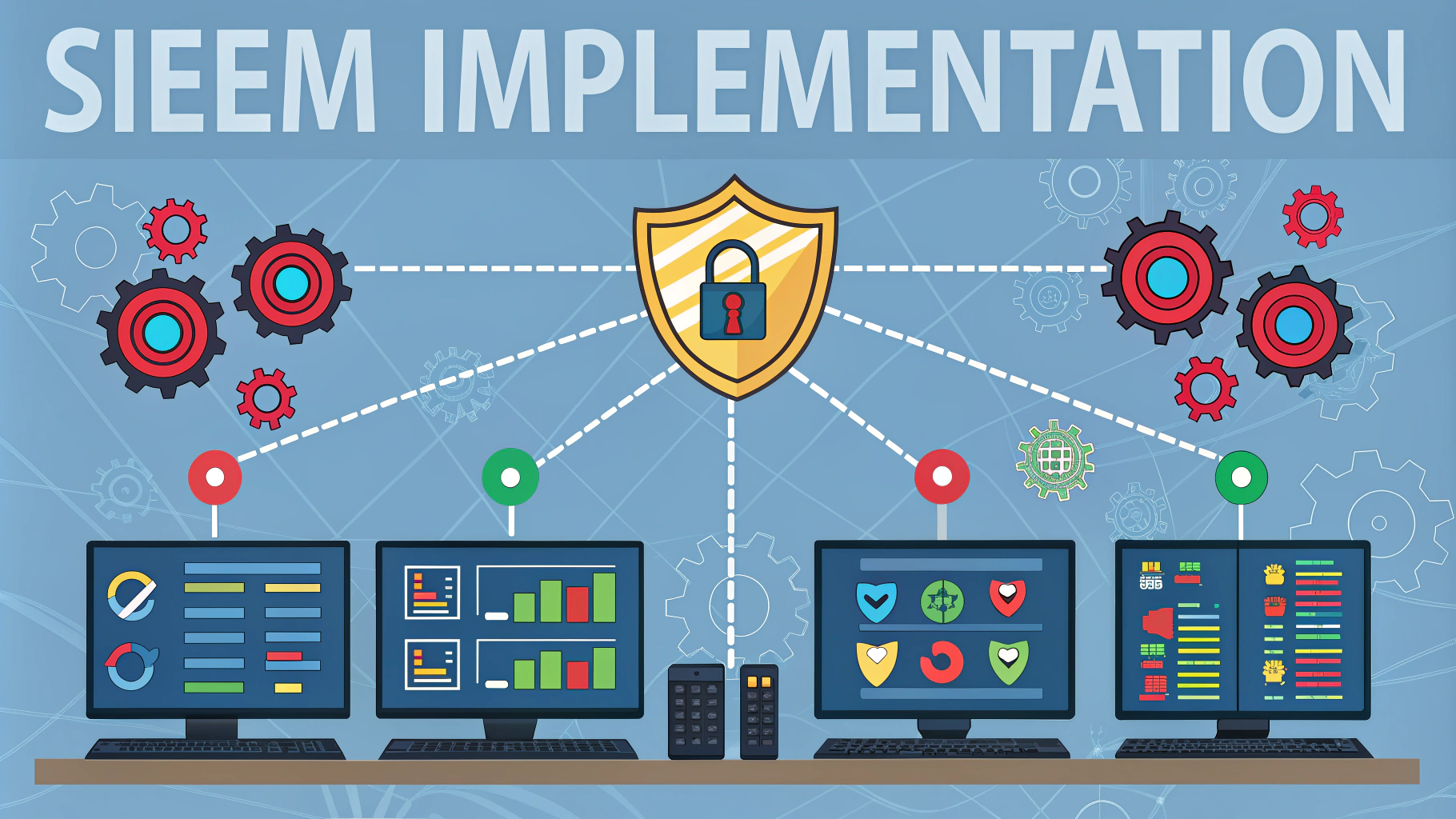Active Directory enumeration is a critical process in penetration testing that reveals valuable information about an organization’s network infrastructure.
Security professionals use enumeration techniques to identify potential vulnerabilities, misconfigurations, and attack vectors within Active Directory environments.
This guide explores effective AD enumeration methods, tools, and best practices for ethical penetration testing.
Common Enumeration Targets
- User accounts and groups
- Computer accounts
- Domain controllers
- Group Policy Objects (GPOs)
- Organizational Units (OUs)
- Trust relationships
- Service accounts
Essential Enumeration Tools
| Tool Name | Primary Use |
|---|---|
| BloodHound | Visual mapping of AD relationships and attack paths |
| PowerView | PowerShell-based AD reconnaissance |
| ADRecon | Detailed AD infrastructure assessment |
| Enum4linux | Linux-based Windows and Samba enumeration |
PowerShell Commands for AD Enumeration
# Get Domain Users
Get-ADUser -Filter *
# List Domain Controllers
Get-ADDomainController -Filter *
# Enumerate Groups
Get-ADGroup -Filter *
# Find Service Accounts
Get-ADUser -Filter {ServicePrincipalName -ne "$null"}
LDAP Queries
LDAP queries provide direct access to AD information through standardized protocols.
(&(objectClass=user)(objectCategory=person)) (&(objectClass=group)(groupType:1.2.840.113556.1.4.803:=2147483648))
Security Considerations
- Always obtain written permission before starting enumeration
- Document all activities and findings
- Use dedicated testing accounts with limited permissions
- Monitor system logs during testing
- Avoid disrupting production services
Detection Prevention
Organizations often implement detection mechanisms for enumeration activities.
- Use rate limiting for queries
- Implement time delays between requests
- Avoid running multiple tools simultaneously
- Use proxy servers when possible
Reporting and Documentation
- Record all discovered vulnerabilities
- Document enumeration methodologies
- Include timestamps for all findings
- Provide remediation recommendations
- Maintain clear evidence for each discovery
Next Steps After Enumeration
Use enumeration results to plan targeted penetration testing strategies.
- Identify privilege escalation paths
- Map potential lateral movement routes
- Document security policy violations
- Prepare mitigation recommendations
Advanced Enumeration Techniques
- Kerberos enumeration using Kerbrute
- NTLM hash gathering
- DNS zone transfers
- Password policy discovery
- ACL enumeration
Automation and Scripting
Efficient enumeration requires automated processes to handle large AD environments.
Essential Scripts
# Automated User Enumeration
foreach ($user in Get-ADUser -Filter *) {
Get-ADPrincipalGroupMembership $user
}
# Domain Trust Mapping
Get-ADTrust -Filter * | Format-Table Name,Direction,TrustType
Risk Mitigation Strategies
- Implement least privilege access
- Regular security audits
- Monitor enumeration attempts
- Update security policies
- Train security personnel
Compliance and Governance
Ensure enumeration activities align with regulatory requirements:
- GDPR compliance measures
- HIPAA security rules
- SOX requirements
- Industry-specific regulations
Strengthening Active Directory Security
Transform enumeration findings into actionable security improvements:
- Implement robust access controls
- Regular security assessments
- Continuous monitoring
- Incident response planning
- Security awareness training
FAQs
- What is Active Directory enumeration in penetration testing?
Active Directory enumeration is the process of discovering and collecting information about users, groups, computers, and network resources within a Windows domain environment to identify potential security vulnerabilities. - Which tools are commonly used for AD enumeration?
Popular tools include PowerView, BloodHound, ADExplorer, Enum4Linux, ldapsearch, and built-in Windows tools like net commands, dsquery, and PowerShell AD modules. - What are the primary protocols used in AD enumeration?
The main protocols are LDAP (389), Global Catalog LDAP (3268), DNS (53), Kerberos (88), and SMB (445), with LDAP being the most critical for enumeration tasks. - What critical information can be gathered through AD enumeration?
Key information includes user accounts, group memberships, password policies, trust relationships, service accounts, computer objects, GPO settings, and domain controller locations. - How can PowerShell be used for AD enumeration?
PowerShell can utilize built-in cmdlets like Get-ADUser, Get-ADGroup, and Get-ADComputer, along with modules like ActiveDirectory module for comprehensive enumeration. - What OPSEC considerations should be taken during AD enumeration?
Considerations include limiting failed authentication attempts, avoiding noisy scanning techniques, using valid credentials when possible, and being mindful of logging mechanisms on domain controllers. - What are the signs that AD enumeration is being detected?
Signs include unusual authentication logs, multiple failed login attempts, suspicious LDAP queries, abnormal account lockouts, and unusual network traffic patterns to domain controllers. - What permissions are required for effective AD enumeration?
Basic enumeration can be performed with standard domain user credentials, but certain techniques require elevated privileges. Some information is accessible even without authentication. - How does BloodHound differ from traditional enumeration tools?
BloodHound uses graph theory to visualize AD relationships and attack paths, making it easier to identify complex privilege escalation routes that might be missed by traditional tools. - What countermeasures can detect or prevent AD enumeration?
Countermeasures include implementing proper audit policies, monitoring LDAP queries, using honeypot accounts, configuring network segmentation, and implementing least privilege access.








